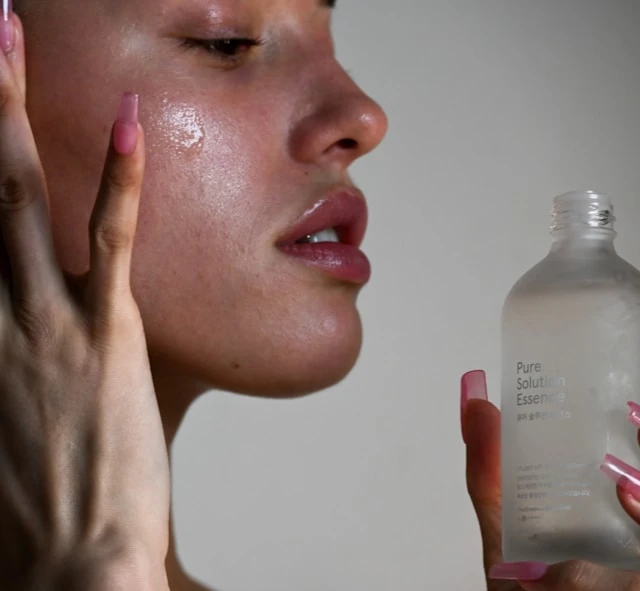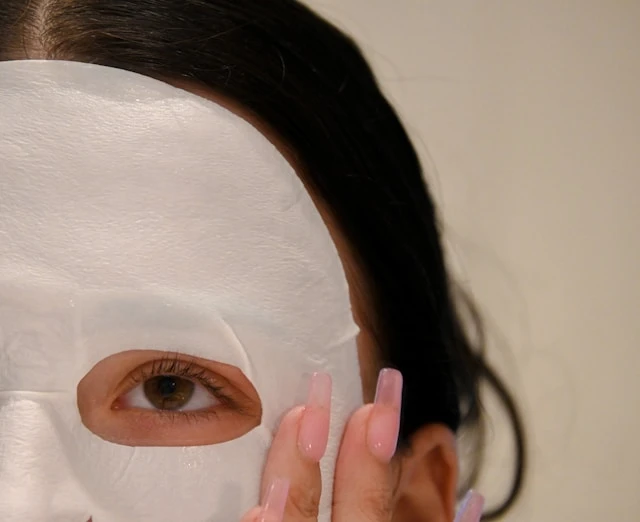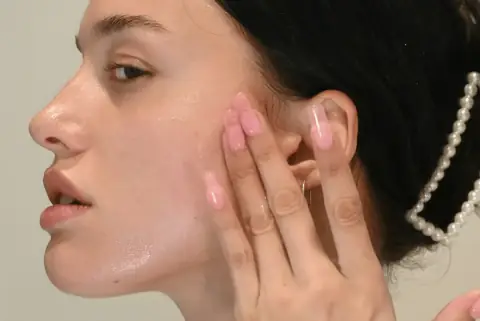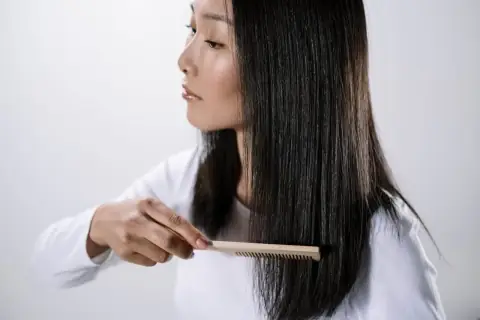Dealing with hyperpigmentation can be quite annoying. You eventually get rid of a breakout; all that remains is a dark spot that lasts for weeks—or months. Been there. Uneven skin tone can seem like a never-ending fight whether it's melasma, sunspots, or acne scars. Still, it can improve with the correct ingredients and regimen (and I have the fade marks to show it).
A consistent, mild skincare regimen aimed at maintaining my skin protected and calm while gradually brightening those annoying areas is how I handle it.
What Actually Works?
Fading hyperpigmentation is not about slathering on every brightening product you see on TikTok. It's about moderation—and maintaining your skin while encouraging it to restore itself naturally. These are the most important things that have been helpful to me:
- Gently clean – No harsh scrubs. Your skin barrier needs to remain in equilibrium.
- Treat wisely – Ingredients that suppress pigment and drive cell turnover are your best friends.
- Keep your skin well-hydrated—dry, flaky skin tends to heal slower and can make those dark spots even more irritated.
- Wear sunscreen like your life matters – Sunlight darkens dark spots.
- Exfoliate.but not every day – Remove pigmented cells gently, not aggressively.
Morning Routine for Hyperpigmentation

1. Cleanse (Gently!)
I start with a mild, non-stripping cleanser—something with calming ingredients like chamomile or aloe. I’ve learned the hard way that harsh cleansers can make my skin red and angry, which just leads to more pigmentation.
2. Antioxidant Serum
Vitamin C is my go-to. It not only helps stop new spots from forming but also works to lighten the ones you already have. I also love niacinamide—it calms my skin, helps with redness, and supports my skin barrier. I give it a minute to sink in before layering on the next step.
3. Targeted Treatment
If I’m using something like azelaic acid, alpha arbutin, or kojic acid, I’ll layer it in now. If you’re using a prescription (like hydroquinone or tretinoin), follow your derm’s directions. I keep this step focused and don’t layer too many actives.
4. Moisturizer
Even if my skin feels oily, I never skip this. Hydration is key to avoiding irritation. I go for a lightweight cream with hyaluronic acid or ceramides to lock everything in.
5. Sunscreen (Always, Always)
This one’s non-negotiable. I use a broad-spectrum SPF 30 or higher every single morning—rain or shine. If I’m heading out, I make sure to reapply every two hours—no excuses. Tinted sunscreens with iron oxides also help protect against visible light, which can trigger melasma.
Night Routine for Hyperpigmentation

1. Double Cleanse
I start with an oil-based cleanser to melt away makeup and sunscreen, then follow with a gentle water-based cleanser to clean my skin without drying it out.
2. Targeted Treatment
This is where I bring out the big guns—retinoids, tranexamic acid, or azelaic acid. Retinoids especially have made a difference for me. They boost cell turnover and help fade spots faster, but they can be irritating at first, so I started slow (like twice a week) and worked up.
3. Optional: Hydrating Serum
If my skin feels dry or tight, I’ll add a hyaluronic acid serum to boost hydration before my night cream.
4. Night Moisturizer
At night, I go for a richer moisturizer—something with peptides or ceramides to help my skin recover and stay calm while the actives do their thing.
Weekly Add-Ons
1. Exfoliation (2–3x per week)
I used to overdo it and my skin hated me for it. Now, I use a chemical exfoliant like glycolic or lactic acid just a couple of times a week. It helps slough off old, pigmented cells without scrubbing or tearing at my skin.
2. Brightening Mask (1–2x per week
Once or twice a week, I like to treat my skin to a mask packed with niacinamide or vitamin C—it’s like a little glow-up session. It gives my skin a little boost and makes me feel like I’m doing something extra—without overwhelming it.
Ingredients That Actually Help with Hyperpigmentation
These are the MVPs I keep an eye out for in products:
- Vitamin C – Brightens, protects, and fights pigment formation.
- Niacinamide – Evens tone, reduces inflammation, and calms redness.
- Retinoids – Speeds up skin turnover (hello, glow).
- Alpha Arbutin – Gentle but effective at reducing dark spots.
- Kojic Acid – Helps block pigment production.
- Tranexamic Acid – Amazing for melasma and stubborn discoloration.
- Azelaic Acid – A calming brightener that also helps with acne.
- AHAs/BHAs – Gently exfoliate to reveal fresher, more even-toned skin.
A Few Lessons I’ve Learned
- Consistency is everything. Seriously—don’t expect overnight results. I started noticing changes around the 6–8 week mark, and it just got better from there.
- Sunscreen is your best defense. Skip it, and you’re basically erasing all the progress you’ve made. And remember: pigment can be triggered by both UVA/UVB and visible light, so that tinted SPF can be a game-changer.
- Go slow with actives. More isn’t better. Layering too many strong ingredients can backfire—trust me, I’ve been there with the irritation spiral.
- Always do a patch test with anything new—especially if your skin leans sensitive or you’re using heavy-hitters like retinoids or acids.
- See a derm if you're stuck. If your pigmentation is really stubborn, a dermatologist can recommend stronger treatments or even in-office procedures like peels or lasers.
Final Thoughts
Hyperpigmentation can definitely shake your confidence—but here’s the good news: you’re not stuck with it. It is treatable. With a little patience, the right routine, and some sunscreen loyalty, your skin will start looking brighter and more even.
You don’t need 12 steps or luxury products—just a smart, gentle approach and time. Hang in there. Your glow-up is coming.
READ MORE: Confused About Toner? Here’s What You Need to Know First








